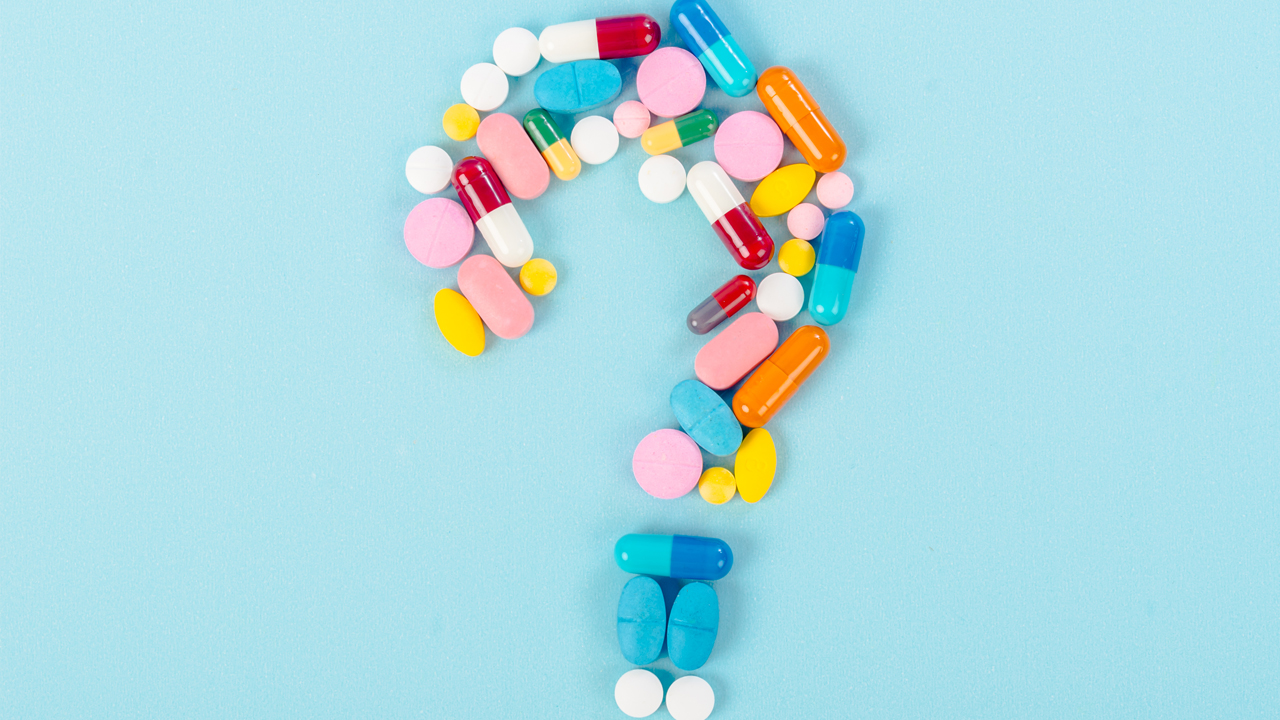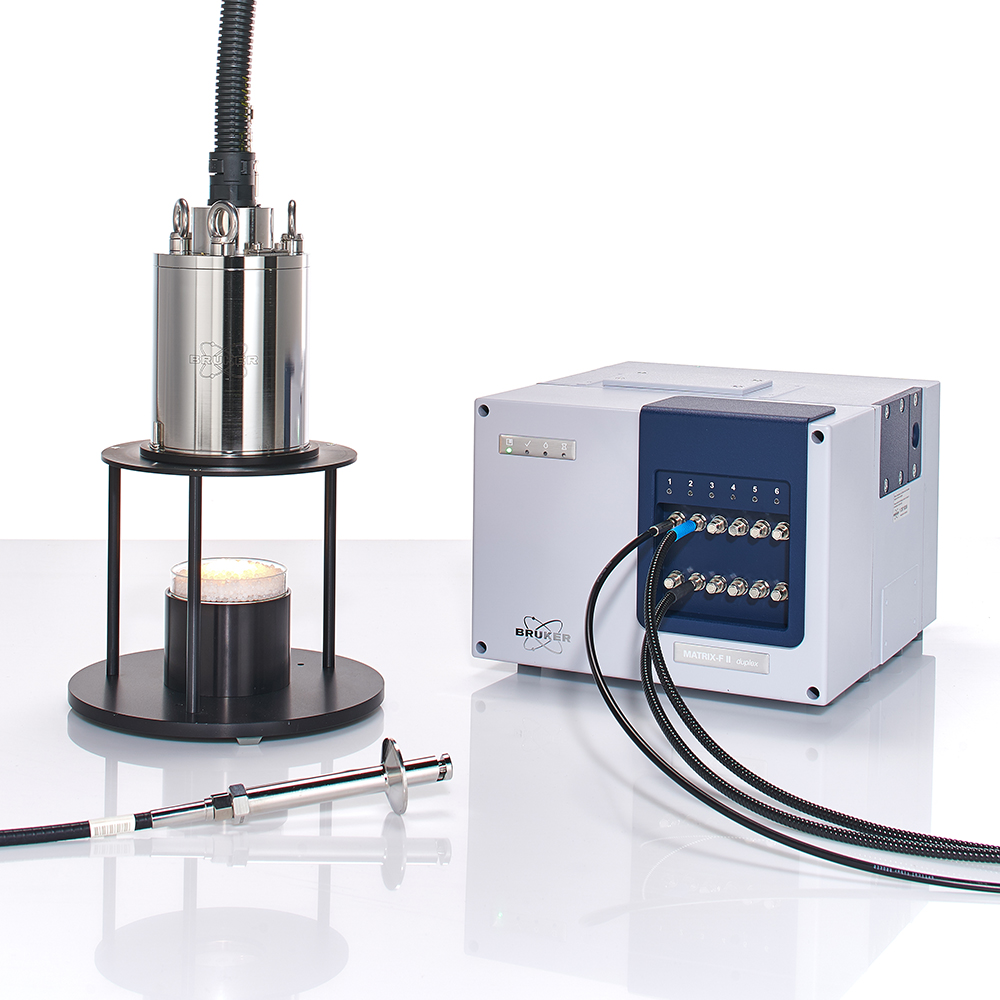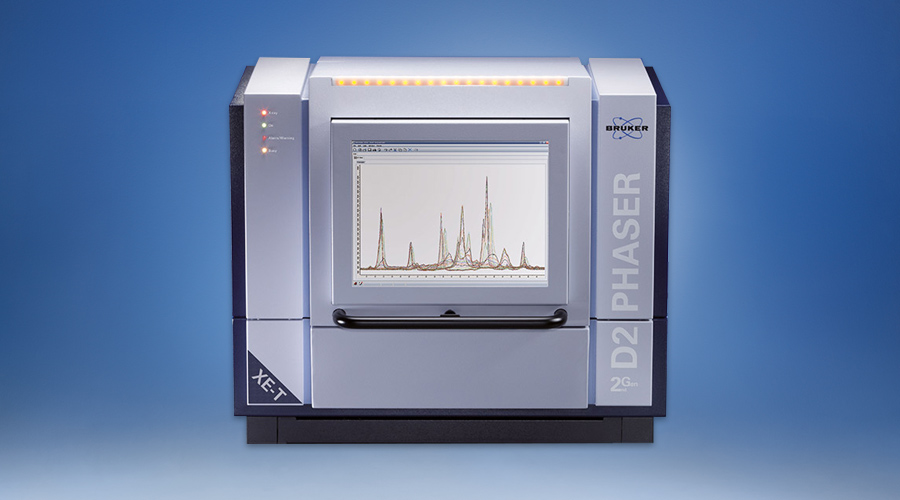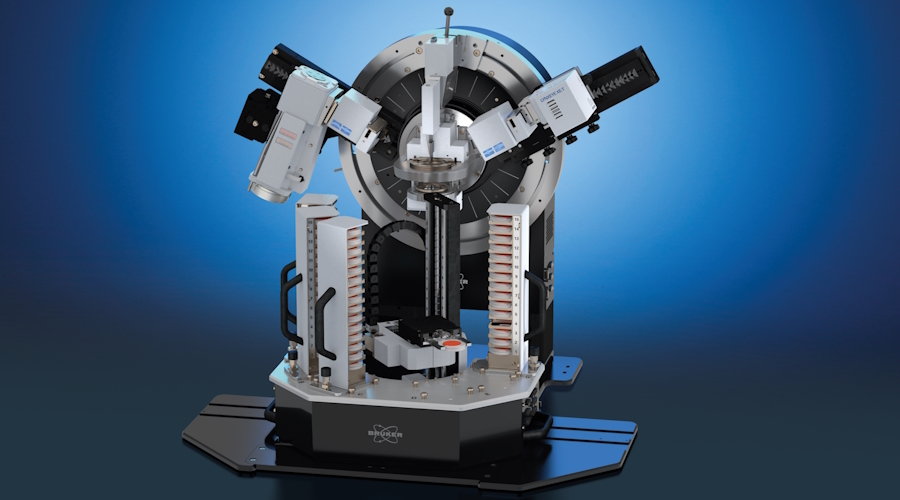
Counterfeit Drugs
What are counterfeit medicines?
Counterfeit medicines are fake products which are deliberately and fraudulently mislabeled with respect to identity, efficacy, safety and/or source. Counterfeiting is not limited to branded drugs but is also common with generic products. Counterfeit medicines represent a serious danger to public health as they may include products which, for example,
- contain the correct active ingredient, however at inadequate quantities,
- possess no active ingredient at all,
- contain an active ingredient other than the one specified,
- contain toxic substances,
Bruker solutions
Bruker offers a range of analytical instruments to detect adulterated medicines by analysis of the product itself. This can be particularly effective as it allows to verify active ingredients and excipients in the dosage form.
X-ray diffraction and FT-NIR are used as a fingerprint technique for analysis of solid formulations. Suspect counterfeit products can be very quickly screened, and their full raw diffraction patterns or IR fingerprint region be used to compare and differentiate suspect counterfeit products from authentic products for using pattern matching methods such as PCA. For more detailed analysis, when using X-ray diffraction peak lists can be compared against material databases to identify individual crystalline as well as amorphous compounds and to quantify their abundance.
Benchtop powder X-ray diffraction and FT-NIR spectrometers are key for a rapid verification of authenticity when and where needed. Should further analysis be required, the products can be analyzed by a combination of high-resolution NMR and MS as well and high-end powder X-ray diffraction. Bruker provides a full portfolio of instrumentation and different techniques for all needs and all budgets!
Bruker help Chinese SFDA on counterfeit drug screening
In Asia, more than 50 per cent of counterfeit malaria medicines contain no active ingredient and even trusted and verified pharmacies unknowingly sell these counterfeit drugs. Many customers and authorities are examining whether a global testing of drugs is possible. FT-NIR spectroscopy is the most promising technology and already well-established for pharmaceutical quality testing. The big benefit is that FT-NIR spectrometers like Bruker's MATRIX-F system can be taken into the field. By using mobile units, networks can be built up for a nationwide fight against counterfeit drugs.
In 2001, the Chinese "State Food and Drug Administration" (SFDA) initiated a research project to evaluate the NIR technology for this task. In the meantime, more than 450 FT-NIR systems were built in small vans scrutinizing drugs all over China. This way it can be ensured that local hospitals and pharmacies have no counterfeits in their portfolio. With the help of modern analytical technologies, at least the legal distribution channels can be made substantially safer – for the well-being and the security of the people.
Support
Service and Life Cycle Support
Bruker’s commitment to provide customers with unparalleled help throughout the buying cycle, from initial inquiry to evaluation, installation, and the lifetime of the instrument is now characterized by the LabScape service concept.
LabScape Maintenance Agreements, On-Site On-Demand and Enhance Your Lab are designed to offer a new approach to maintenance and service for the modern laboratory





